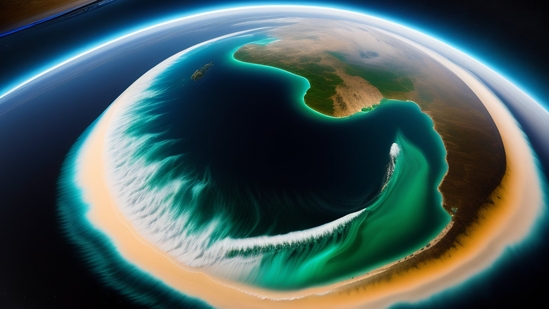QUICKREADS

What is a ‘Gravity Hole’? Can Indian Ocean's ‘Gravity Hole’ open doors to secrets of Earth's origin?
Scientists have theorized that a colossal depression known as the "Gravity Hole" in the Indian Ocean may be the remnants of an ancient sea that vanished millions of years ago. The depression, known as the Indian Ocean geoid low (IOGL), spans over 2 million square miles and lies more than 600 miles beneath the Earth's crust. Researchers propose that the IOGL comprises slabs from the Tethys Ocean, which plunged into the depths of the planet millions of years ago. The Gravity Hole is estimated to have assumed its current form around 20 million years ago and is predicted to endure for millions more.

Tim Friede: Man bitten by snakes hundreds of times helps create broad antivenom
Tim Friede, a self-taught snake enthusiast, endured hundreds of venomous bites, enabling researchers to develop a potentially groundbreaking antivenom. His unique antibodies could help treat snakebite victims globally, particularly in India, by neutralizing toxins across multiple snake species.






